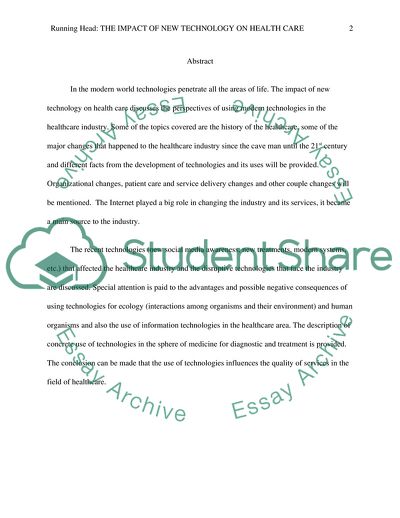Cite this document
(The Impact Of New Technology On Healthcare Report Example | Topics and Well Written Essays - 2750 words, n.d.)
The Impact Of New Technology On Healthcare Report Example | Topics and Well Written Essays - 2750 words. https://studentshare.org/journalism-communication/1822215-the-impact-of-new-technology-on-healthcare
The Impact Of New Technology On Healthcare Report Example | Topics and Well Written Essays - 2750 words. https://studentshare.org/journalism-communication/1822215-the-impact-of-new-technology-on-healthcare
(The Impact Of New Technology On Healthcare Report Example | Topics and Well Written Essays - 2750 Words)
The Impact Of New Technology On Healthcare Report Example | Topics and Well Written Essays - 2750 Words. https://studentshare.org/journalism-communication/1822215-the-impact-of-new-technology-on-healthcare.
The Impact Of New Technology On Healthcare Report Example | Topics and Well Written Essays - 2750 Words. https://studentshare.org/journalism-communication/1822215-the-impact-of-new-technology-on-healthcare.
“The Impact Of New Technology On Healthcare Report Example | Topics and Well Written Essays - 2750 Words”. https://studentshare.org/journalism-communication/1822215-the-impact-of-new-technology-on-healthcare.


